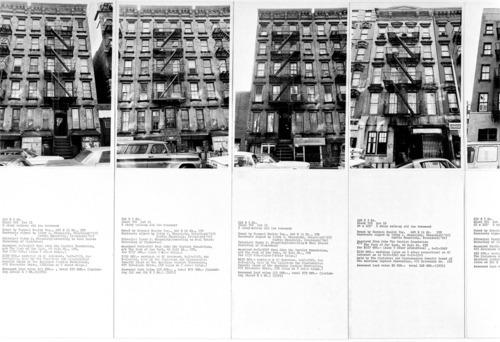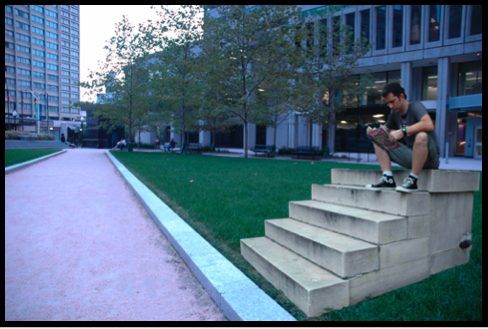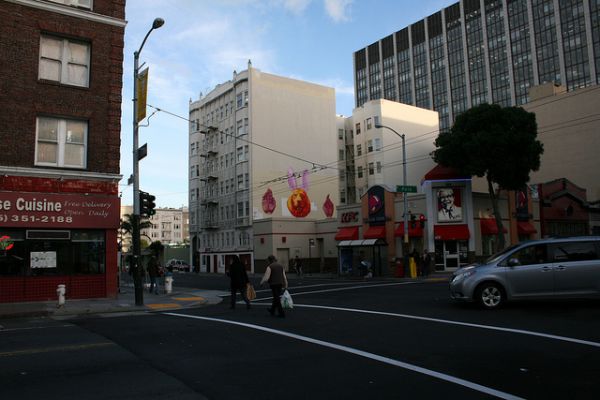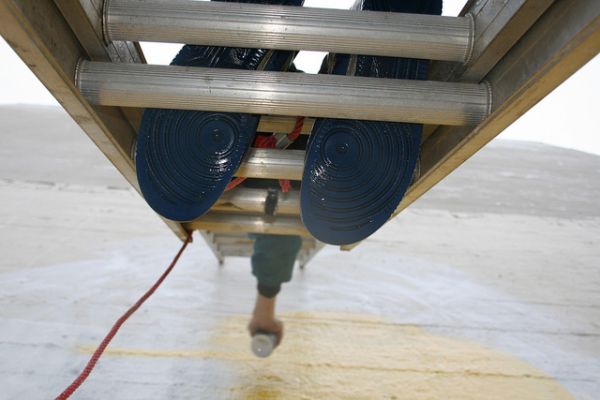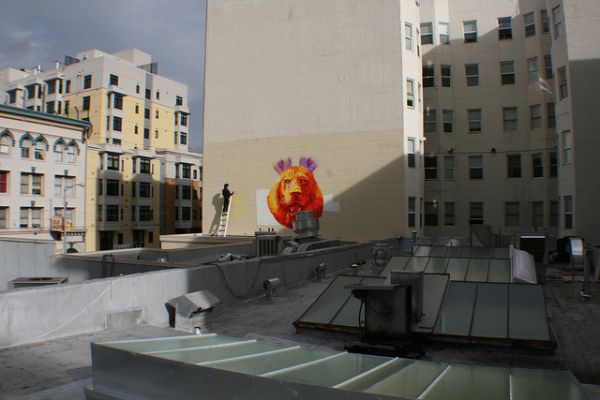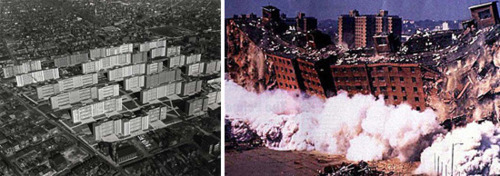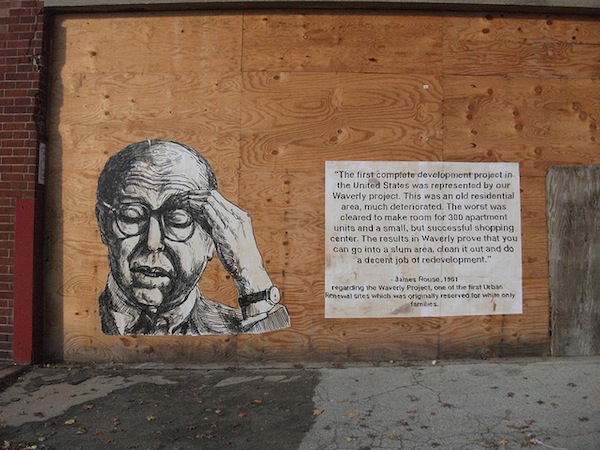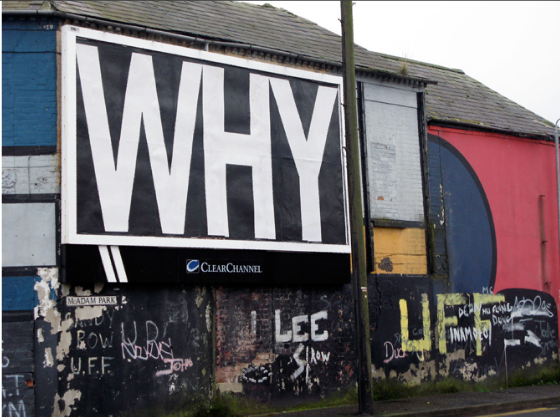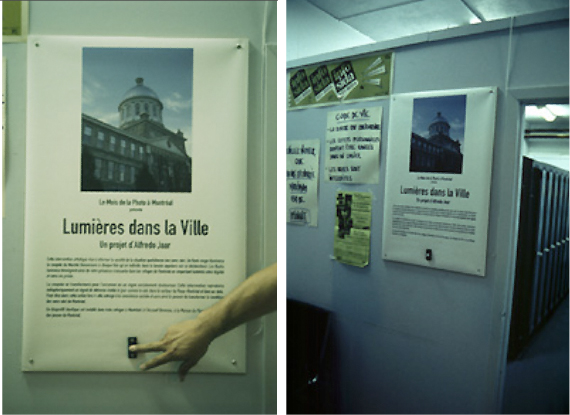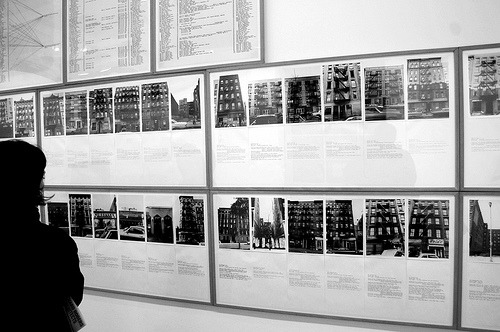
Considering a majority of Street Art exists in the shadow of neglect and finds its most receptive canvas on the facades owned by slum lords, I thought it would be pertinent to share this piece in particular. “Shapolsky et al., Manhattan Real Estate Holdings, a Real-Time Social System as of May 1,1971” was an exhibition of Hans Haacke’s work canceled six weeks prior to its opening by the Guggenheim Museum in New York because it exposed the questionable real estate speculations of a prominent board member Harry Shapolsky. Each property was detailed, photographed and mapped to expose the slum lord activities of this powerful broker. The Whitney literature on the show elaborates:
“Shapolsky et aI., Manhattan Real Estate Holdings, a Real Time Social System, as of May 1, 1971,” is the product of Haacke’s research into the real estate holdings of the Shapolsky family in Manhattan. Harry Shapolsky had attracted Haacke’s attention because he was the landlord who owned more slum properties than any other landowner in New York. Haacke’s research—all culled from public records—reveals how Shapolsky’s business worked, different properties being held under different company names. The series of 142 photographs of the facades of tenement buildings, accompanied by typewritten data sheets, added up to a biting indictment of the monopoly of one family of wealthy proprietors over the slums of a particular area. Due to be displayed in an exhibition at the Guggenheim Museum in New York entitled Hans Haacke: Systems, the work was deemed “inappropriate” by the museum’s management, and the Guggenheim decided to close down the exhibition. The curator, who defended the work, was fired. As a result of the ensuing furore, “Shapolsky et al.” became one of the most talked about works of the early 1970s.
